The Risks of Leaving a Dead Tree Standing: When and Why to Remove It
Trevor Soltys & Paul Kasper
Dead trees are more than just an eyesore in your yard; they pose serious risks to property, safety, and even the surrounding environment. Identifying when to remove a dead tree and understanding why timely removal is crucial can help you avoid costly damage or injury. Here's what you need to know about the risks associated with dead trees and the best timing for their removal.
Why Dead Trees Are Dangerous
A dead tree may appear stable, but it gradually loses structural integrity over time. Here are some of the major risks posed by a dead tree:
1. Falling Branches:
Dead branches become brittle and prone to breaking. Even on calm days, these branches can fall unexpectedly, posing a hazard to people, pets, vehicles, and structures. During storms or high winds, this risk increases significantly.
2. Full Tree Collapse:
As the trunk weakens, the entire tree may topple without warning. This is particularly dangerous for trees near homes, garages, fences, or power lines.
3. Pest Infestation:
Dead trees attract insects such as termites, carpenter ants, and beetles, which may eventually spread to healthy trees or even infiltrate your home.
4. Disease Spread: If the tree died due to a fungal infection or other disease, leaving it standing could put surrounding plants and trees at risk of contamination.
5. Fire Hazard:
Dry, dead trees are highly flammable, increasing the risk of wildfires or unintentional fires spreading rapidly.
When to Remove a Dead Tree
Timing is key when addressing a dead tree. Consider these factors when deciding to remove it:
1. If the Tree Poses Immediate Danger: If your dead tree is leaning, has cracked branches, or shows signs of decay at its base, urgent removal is necessary to prevent accidents.
2. Before Storm Season: If your region experiences severe weather events such as strong winds, snow, or ice, it's best to remove the tree before these conditions can cause damage.
3. When Pests Appear: The presence of wood-boring insects or rodents in the tree is a sign that immediate removal is essential to prevent infestation from spreading.
4. If the Tree is Near Power Lines or Structures: Dead trees close to important structures or utility lines should be removed promptly to avoid significant damage during unexpected falls.
5. During Dormant Seasons: Late fall and winter are ideal times for tree removal since most plants are dormant, minimizing disruption to the surrounding landscape.
Why Professional Removal is Essential
Removing a dead tree is not a simple task and should be handled by professionals for several reasons:
· Safety: Certified arborists have the equipment and expertise to remove trees without causing harm to people or property.
· Proper Disposal: Professionals ensure the tree is disposed of safely, especially if it was diseased or pest-infested.
· Preventing Damage: Skilled tree removal experts can control the fall of branches and trunk sections, preventing accidental damage to nearby structures.
Conclusion
A dead tree may seem harmless at first glance, but delaying its removal can lead to serious risks and unexpected costs. By recognizing the warning signs and taking timely action, you can protect your property, family, and surrounding environment. If you suspect a tree on your property is dead or dying, consult with a professional tree service for a thorough assessment and safe removal plan.
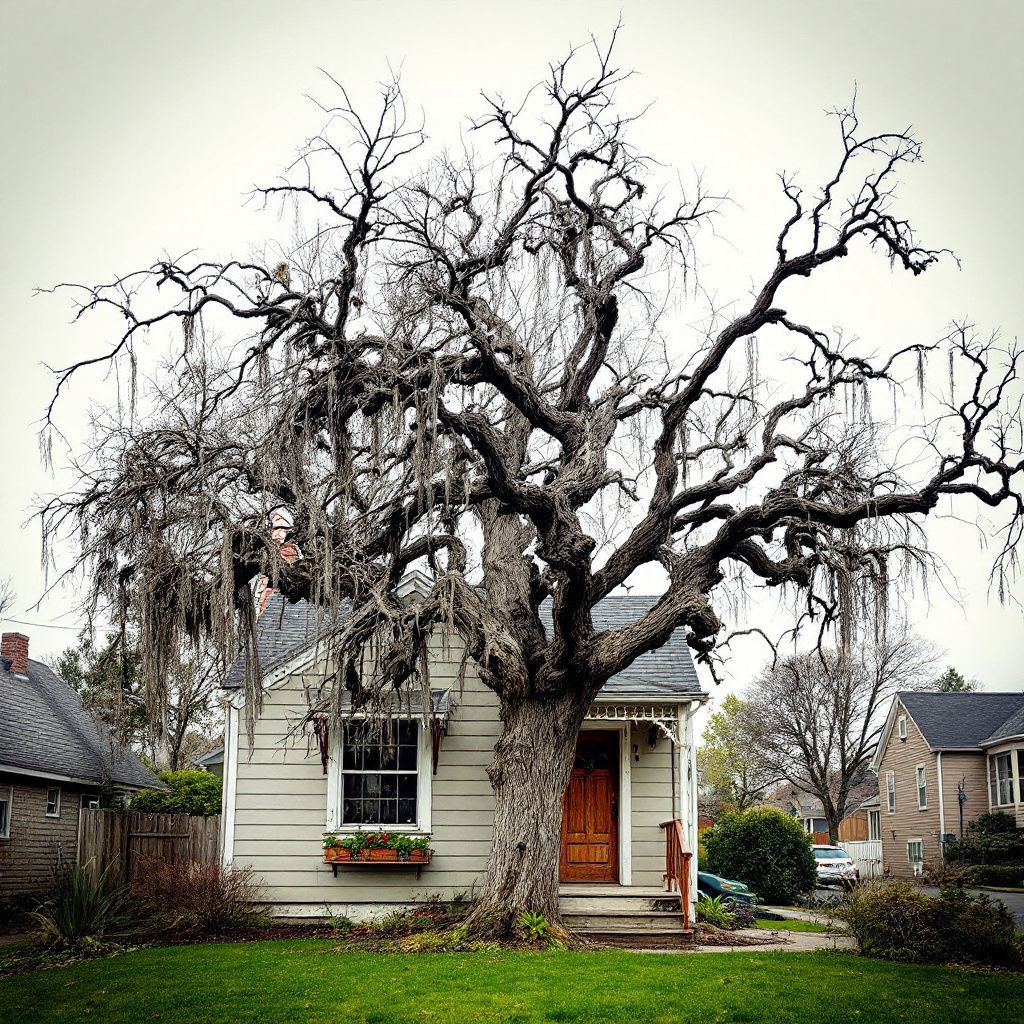
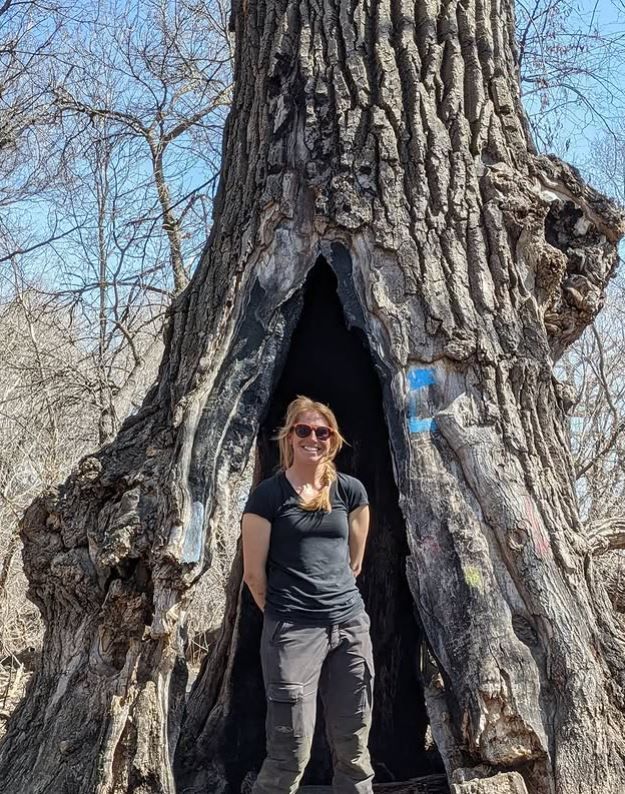
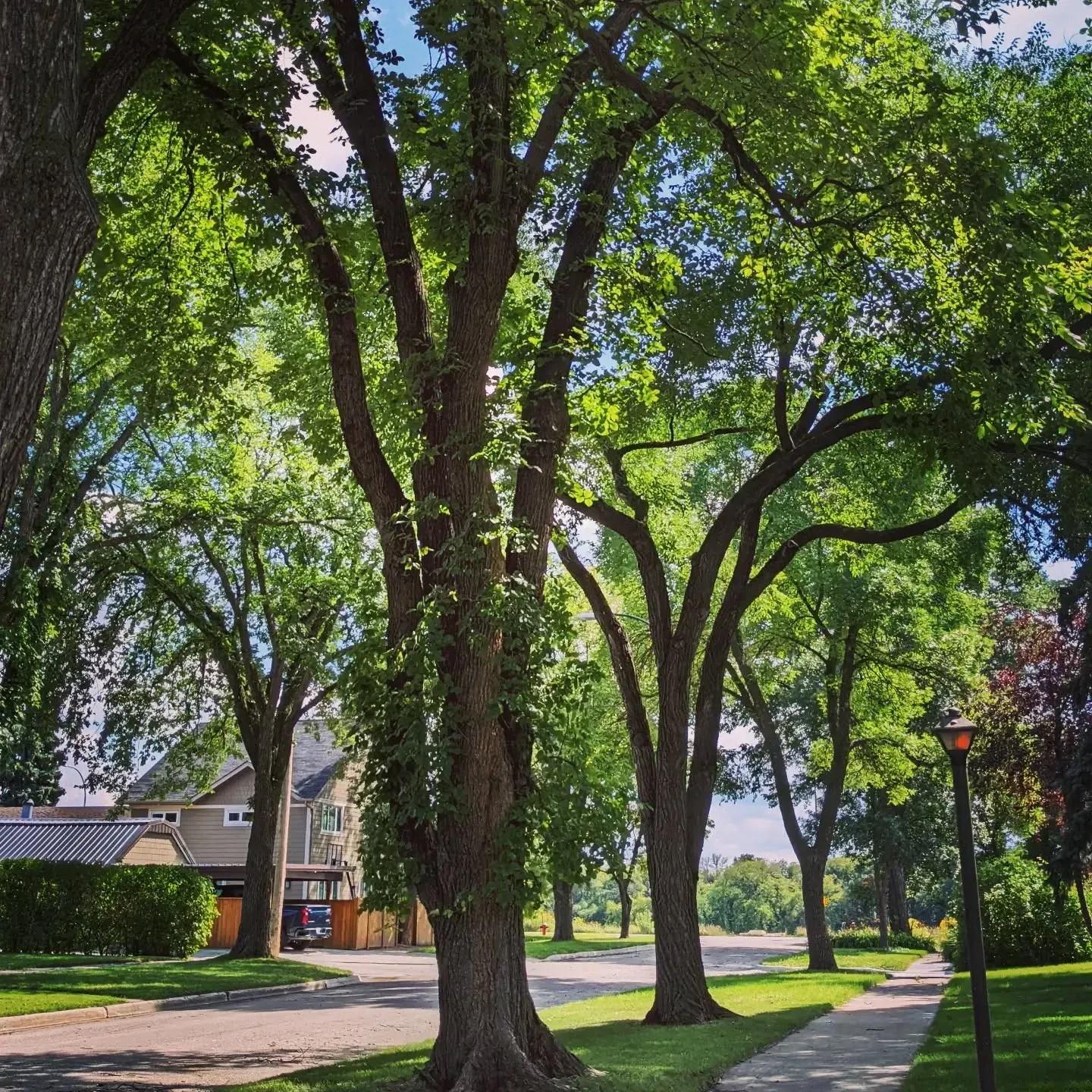
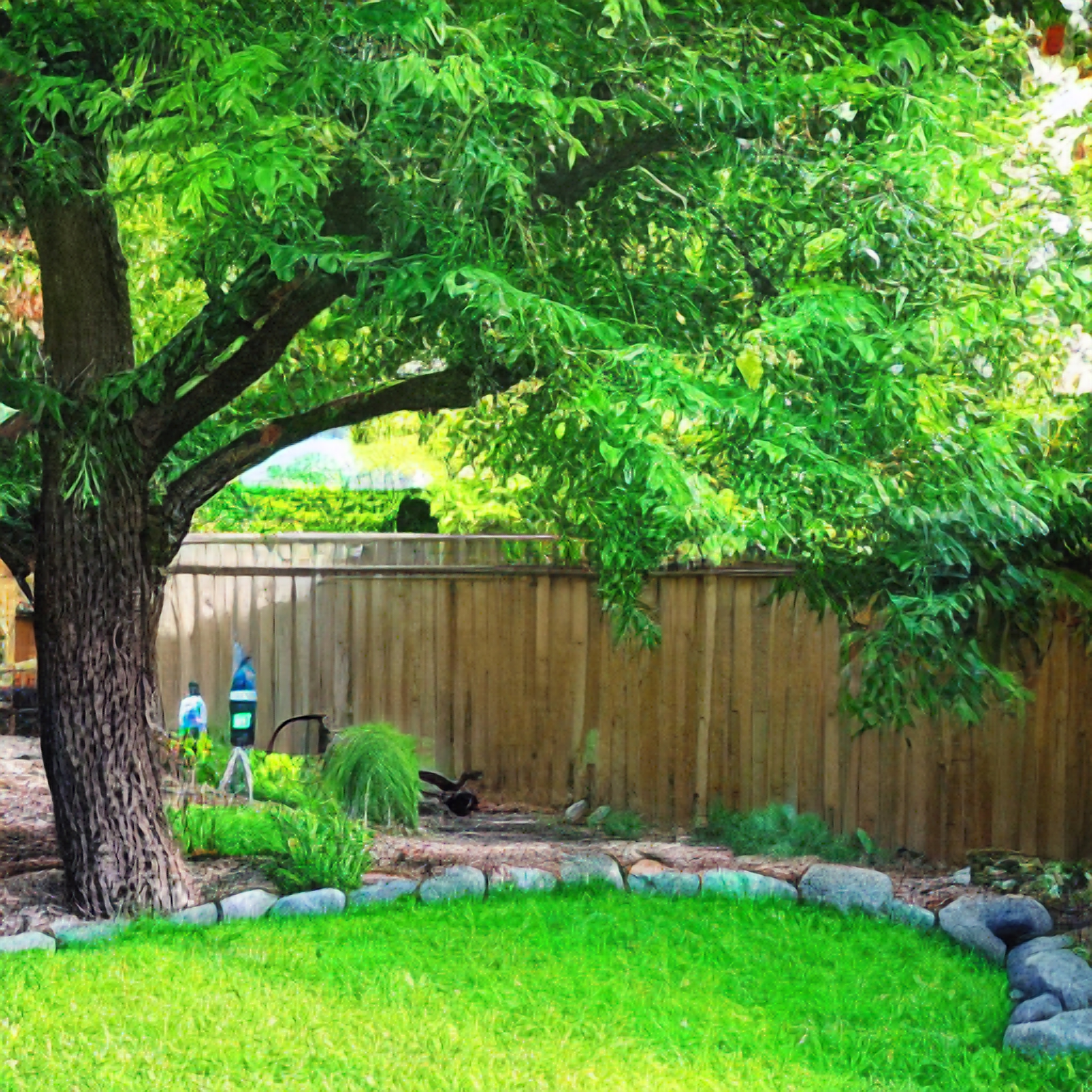
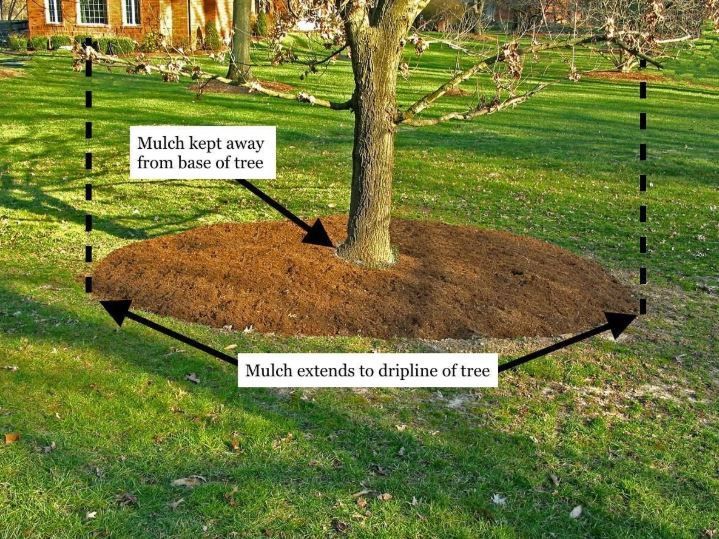
All Rights Reserved | TreeSolve



